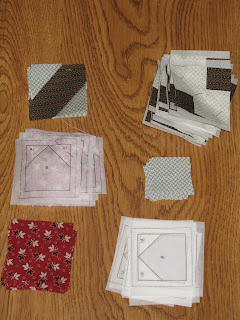But that doesn't answer the question 'how long?' so I checked on the internet and found a great answer on Answers. com.
Check out the link here:
How long will fresh chicken eggs keep in the refrigerator?
Here is the text copied from the page listed above:
Various answers by our contributors:
- Eggs can remain edible for even longer than a month, but freshness (egg yolk that sits firm and high, and a thick viscous egg white) will be noticeably less after two weeks.
If eggs start out as Grade AA, they remain AA for only two weeks if properly refrigerated. After that, they'll be Grade A for another 2 weeks.
- Here is a true test of freshness: Get a bowl of cold water. Put the whole egg in the water. If it sinks, it's fresh; if it floats to the top, it is old. It will kind of lay almost on its side. You can see the age of it by how much it floats. It's a good idea to do this test before selling any eggs if you suspect they are older than two weeks.
However, by putting the eggs in water, you wash away the bloom from the egg, a protective layering that prevents bacteria from entering the egg. Therefore, unless you are not expecting to keep the eggs for very long, you should not put them in water. If you must wash the eggs, use HOT running water.
- Farmers have 30 days from the day an egg is laid to get it to stores. Then, the stores have another 30 days to sell the eggs. The USDA recommends a maximum of 5 weeks in your refrigerator before you discard your eggs. What does this all boil down to? On April 1, you could be eating an egg that was laid on Christmas.
- Many eggs in the U.S. get to market within a few days of laying. If there is a USDA shield on the carton, it must have at least a Julian pack date. A use-by is not required, but if used, it must not be more than 45 days from packing. If the eggs are not distributed interstate, state laws will apply and are variable.
- Keep in mind that farmers generally get their eggs to stores within a week, and both the "pack date" and "sell by" date are stamped onto the carton. The numbers run from 1-365, depending on the day of the year. Lastly, there is a big difference in taste between farm fresh eggs and week-old eggs. If you want the freshest eggs, you can buy from a local farmer.
- There is an expiration date on the carton. If in doubt, put the egg in water. If it floats, do not use it.




